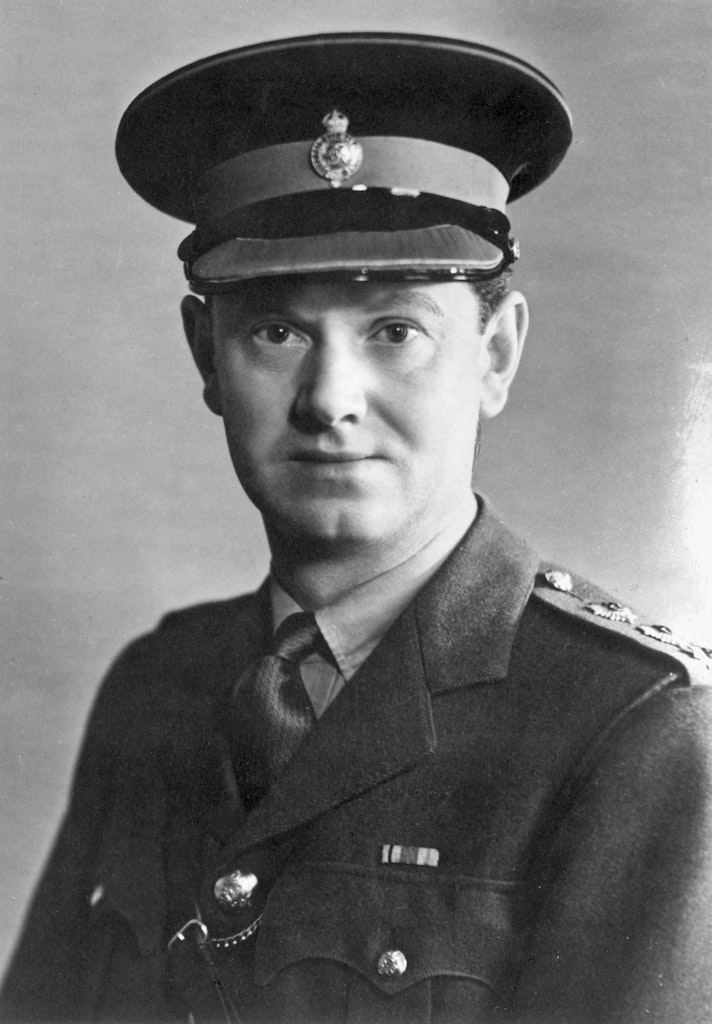Whither the RIBA’s drawings?
Maverick John Harris embarked on the closest Britain has ever got to an architecture museum
This article is taken from the May 2024 issue of The Critic. To get the full magazine why not subscribe? Right now we’re offering five issues for just £10.
In 1956, the late John Harris, a maverick and self-educated young architectural historian, got a job at the Royal Institute of British Architecture (RIBA) as a junior curator of its architectural drawings. By his account, the collection was in a mess, partly housed in a hut on the roof and partly in a basement boiler room.

In 1960, he became its lead curator and began putting the collection in order, making acquisitions from dealers and at auction as well as from RIBA members and, from 1968, overseeing the publication of a systematic catalogue.
It quickly became evident to Harris that the RIBA’s beautiful 1930s building on Portland Place did not have the space to house the collection adequately. In 1970, after a tip-off from Sir Anthony Blunt in a Neapolitan bar, he leased a small building immediately north of the Courtauld Institute, then still in Portman Square, to house the drawings collection and its two members of staff.
Harris embarked on an energetic programme of small exhibitions, including the first display of the work of Eileen Gray in 1973 and, four years later, Silent Cities, on the First World War monuments of northern France.
It was the closest Britain has ever got to an architecture museum, but it attracted the jealousy of its parent organisation and most especially of its equally maverick librarian, Jan van der Wateren, who felt the drawings should never have been separated from the historic library. In 1986, when the RIBA threatened to return the drawings to Portland Place, John Harris resigned.

The problem, then and now, was that there was not space to accommodate the drawings in Portland Place. So the RIBA embarked on a project to take over the Roundhouse in Camden Town. Michael and Patty Hopkins drew up ambitious plans to accommodate the collection round the perimeter of the building whilst its centre would have been used for exhibitions.
The RIBA offered £1.25 million for the building and applied to the Heritage Lottery Fund for support. The Fund turned the application down, no doubt influenced by a noisy campaign led by The Stranglers to keep it as a performance space.
The next idea was that the collection might go to the Royal Academy, which was in the process of acquiring the Museum of Mankind building in Burlington Gardens. Philip Dowson, then President, wanted it to become a Centre for Architecture, which would have been a very appropriate use for the building.
Once again, Michael and Patty Hopkins were involved in drawing up ambitious plans. Once again, the Heritage Lottery Fund turned them down. At this point, the V&A made a generous offer to house the collection, sharing its own study facilities in the Henry Cole Wing and providing a gallery for the display of architecture at the front of the building.

Much of the collection, including, for example, the recently catalogued archive of the late Sandy Wilson and MJ Long and the extensive collection of architectural models, is in a storage facility at the Piper Centre in Hurlingham.
Most architectural historians feel this has been a good arrangement, enabling the collection to be studied alongside the V&A’s own collection of drawings. But there is a counter-argument: that it divorces the drawings from the collection of books and photographs. The study room at the V&A is only open two days a week; the Piper Centre is not conveniently accessible and the arrangement benefits the V&A more than the RIBA, whose Portland Place HQ is not the centre for study, exhibition and debate that it could and should be.
In April 2020, Simon Allford, an energetic and successful architect and former chairman of the Architecture Foundation, criticised the RIBA as “irrelevant” in an interview. He was persuaded to stand as president, elected in August 2020, began his two-year term in September 2021 and embarked on a great number of changes, including selling the property the RIBA owned two doors away from its headquarters, hiring a new Executive Director for Programmes and Collections, and agreeing to end the partnership with the V&A in 2027.
In January 2022, Allford announced a competition to renovate the RIBA’s wonderful 1930s home. This badly needs doing, not least because it is not properly accessible for disabled people. It was nonetheless clear from the beginning that the headquarters would not be able to house much more than study facilities for the drawing collection and an exhibition gallery.

The question remains as to where and how the collection will be stored and if there is a way that it can be united with the RIBA’s library and photographic collection.
The RIBA is now looking for an appropriate space, and it has asked for expressions of interest from potential partner organisations. Unfortunately, the most likely solution is that it gets stored in an out-of-town warehouse with objects shipped in to London when requested by scholars.
It could be an opportunity to do something much more ambitious, though, and create a proper museum of architecture on the model of the Canadian Centre for Architecture or the Nieuwe Instituut in Rotterdam. Could it go to the Barbican? Or the old Museum of London building? Or even Smithfield Market?
Enjoying The Critic online? It's even better in print
Try five issues of Britain’s most civilised magazine for £10
Subscribe














